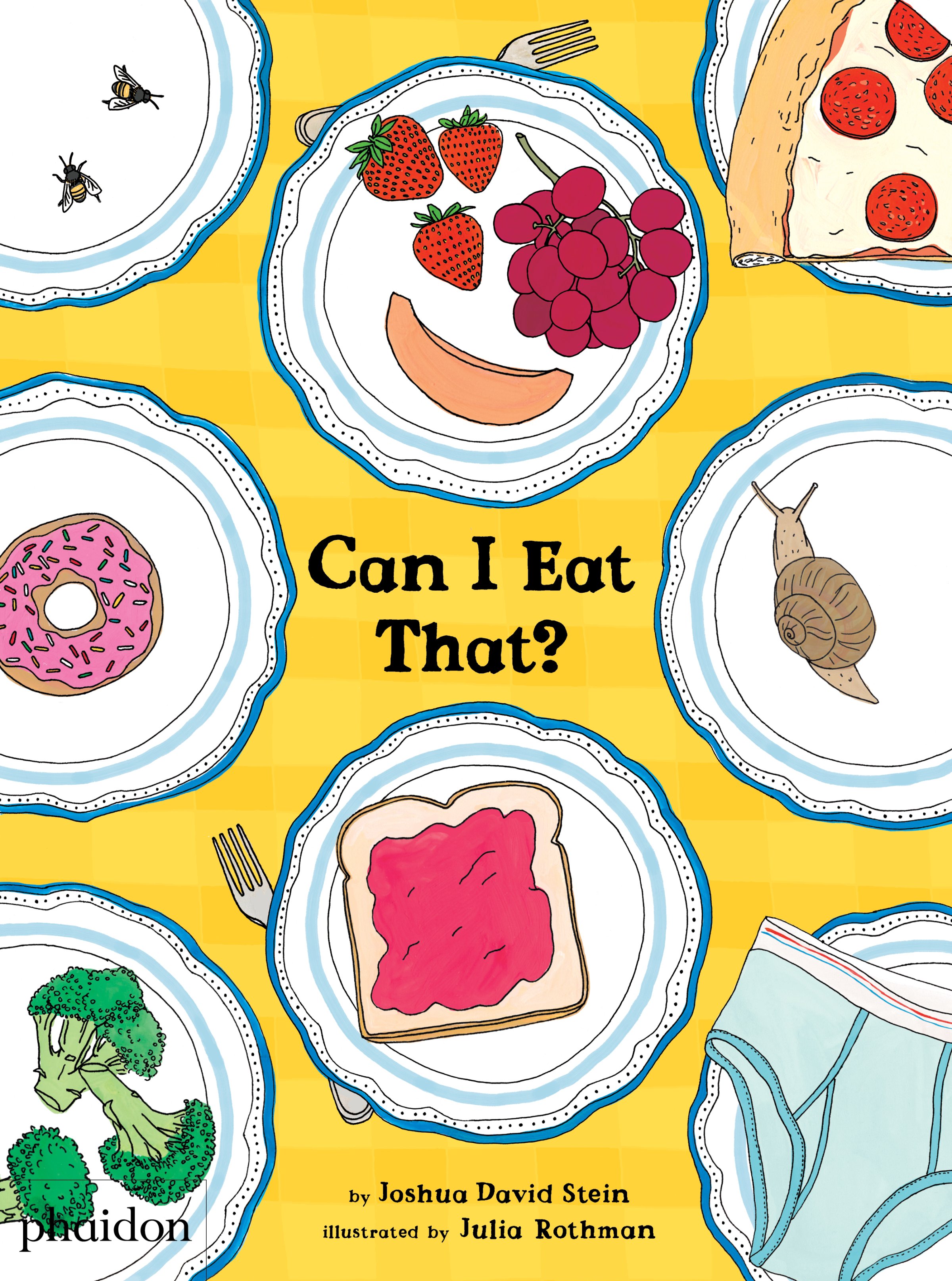
Eyes red-rimmed and mouth set in obstinate frown, my 4-year-old son Achilles was hungry and angry. He was, in other words, hangry. And the only thing worse than a hangry adult, as any parent knows, is a hangry toddler. Achilles has been hangry for much of his short life.
My son is both a stubborn and a sensitive laddie. It not simply the fact that it is his parents who are offering him mashed potatoes that precludes him from trying them. The actual mouth-feel of mashed potato makes him shudder. He doesn’t like meat or cheese that have a strong aftertaste, or as he calls it: “outland taste.” At the same time, he is also a stubborn child. So the more prescriptive his parents are, the angrier they get, the deeper he digs in. This trait came from me, which makes it both easy to understand and impossible to de-escalate. All this is to say that Pat Benatar got it wrong. Love isn’t a battlefield. Dinner is.
Thankfully, by bedtime when I read to the boys—I have another son, Auggie, who is two-and-a-half and eats everything—the rage has usually subsided. One night, as we pored over books like Maurice Sendak’s In The Night Kitchen or the English children’s book The Runaway Dinner, it occurred to me that it might be an opportune moment to broach the subject of food. But, as it turns out, food in children’s literature is seldom meant for eating. In many books it is personified and made lovable. In others, it is magnified and made creepy. And in others it is just weather (yeah, I’m looking at you.) But as far as food being food, something to eat, that’s just an empty space on the library shelf.
I started to have a nightly conversation with Auggie and Achilles about food that was deliberately not a power struggle. Can I eat, I’d ask, a tomato? Yes. A potato? Yes. A tornado? No. It’s made out of wind. [At the last bit, Auggie and Achilles dissolve into laughter.] Eventually I realized that those talks could become a book. My publisher, Phaidon, hooked me up with a wonderful illustrator named Julia Rothman who brought the series of questions to life. And sooner than I had thought possible, our nightly conversations had become became Can I Eat That? an actual object that I could hold and read and also pressure my friends and loved ones to hold and read. [You too: All my proceeds will be donated to Action Against Hunger.]
Did my gambit work? Short answer is no. Achilles still only eats toast with butter, yogurt with honey, chicken makhani from an Indian place an hour and a half away in our old neighborhood, and sometimes vegetables like broccoli sprouts, but only as long as they are presented as “edible plants.” He still refuses the lion’s share of what we make him.
The long answer is a little more complicated. I’ve always had a pretty good relationship with Achilles. For a while though—and this was what formed the germ of the idea for Can I Eat That? —the eating thing was a real problem, one that cast a contentious pall over our relationship. He’s a 4-year-old. I’m 34. I should be better able to cope with frustration than he is. And I am, but only slightly. But reading the manuscript in its embryonic form together, coming up with the pages together, almost writing the book together every night at bedtime proved to be an important salve in our relationship.
So now when he refuses to eat his collard greens or his shrimp tempura or his pesto tortellini, we just move on. The best answer, I learned, to Can I Eat That? is yes, you can eat it but you don’t have to.
More Must-Reads from TIME
- Cybersecurity Experts Are Sounding the Alarm on DOGE
- Meet the 2025 Women of the Year
- The Harsh Truth About Disability Inclusion
- Why Do More Young Adults Have Cancer?
- Colman Domingo Leads With Radical Love
- How to Get Better at Doing Things Alone
- Michelle Zauner Stares Down the Darkness
Contact us at letters@time.com